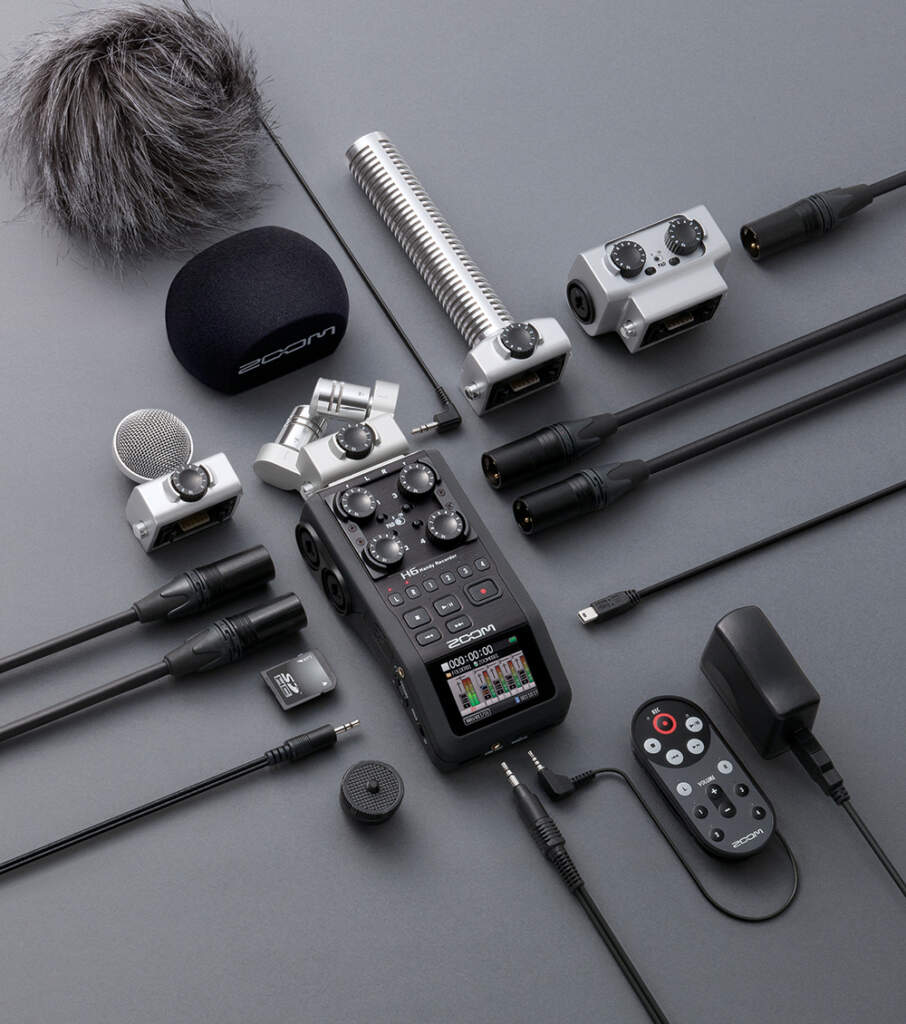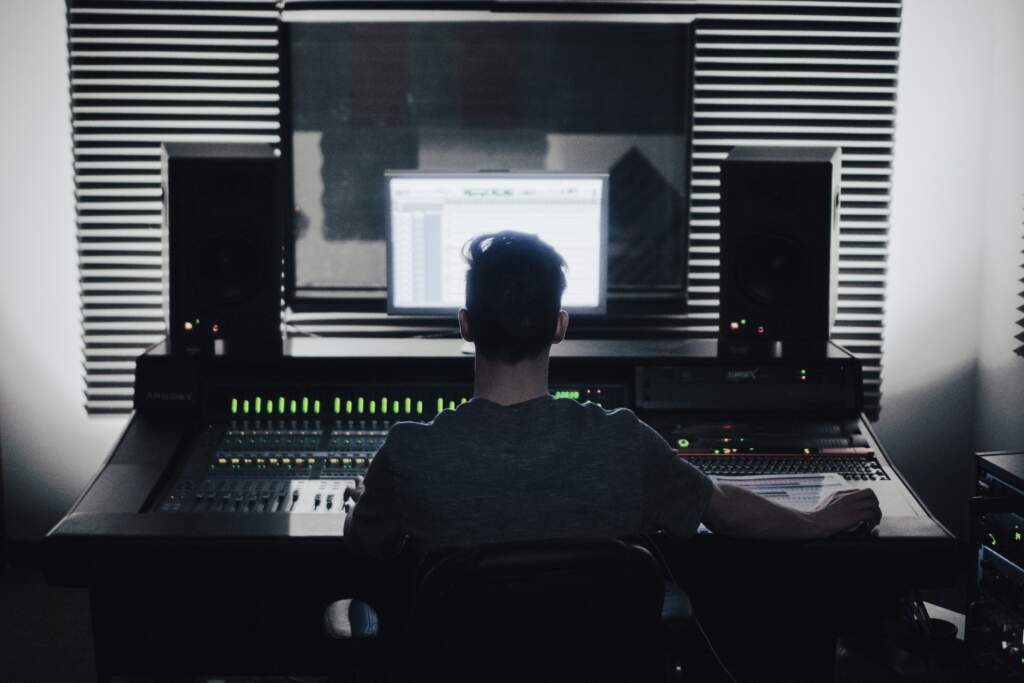Sound designers are unsung heroes in the entertainment industry. Its practitioners create soundscapes for every medium you can think of including movies, TV, theatre, radio, and video games. Your favorite monster movie sounds epic because a team of sound designers invented those creature noises. They spent months in an editing bay adding and adjusting boring audio so you can have your pants scared off by a demogorgon.
But before that magic happens, the individual audio elements need to be recorded. We can’t all have bottomless, Netflix-esk budgets to invest in creating the perfect atmosphere for our work. So, we create our own sound libraries.
We talked to sound designer Chris Battaglia to hear his overarching tips on how to record a versatile sound library. Chris was the sound editor for internationally recognized films including Hell or High Water, 20th Century Women, and Captain Fantastic. He’s also a self-professed sound nerd who has been working on his personal sound library for over a decade.
Once you have a safe place to store your work, it’s time to jump in and start recording.
When In Doubt, Record

Ideally, you’ll always have a shotgun mic with you when you find a unique sound you want to record. In practice, it rarely works out that well. This is often the point when sound designers throw up their hands and ask the recording equipment gods how they can be so cruel. Instead, you should repress your sound snobbery and record with whatever you have on hand.
“If you record something and it sounds bad, you have a bad recording,” Chris intoned. “If you don’t try and record at all, you have nothing.”
Even if you don’t have professional gear with you (or haven’t invested in any yet), you should still make a point of capturing interesting recordings. Ideally, you’d use a little Scarlett Solo. In a pinch, you can use your smartphone. Is it ideal? Of course not. But it’s better than nothing.
Everything Is In Your Wheelhouse
Once upon a time, sound designer Gary Rydstrom was at Marine World recording sounds for a project. As he was leaving, a Marine World staff member approached him and asked if he would be interested in recording the sound of two tortoises mating (stick with me here). This noise had nothing to do with what he was working on or any of his upcoming projects. Honestly, it would be strange if it did. Nevertheless, he said yes and recorded that joyous union.
Years later, he used that audio to create the velociraptor sounds for the original Jurassic Park. Did Mr. Rydstrom know he would eventually use tortoise noises to mimic raptors in a Steven Spielberg film? No. But he took time to capture it anyway. Similarly, if you’re building your sound library, you should pay attention to—and record—interesting sounds you aren’t searching for. Avoid tunnel vision when recording for a specific project. In Chris’s words, even if that sound isn’t relevant today, eventually, you’ll find a home for it.
Bonus fun fact: the same tortoise mating noises are used to make dragon sounds in Game of Thrones. You’ll never look at Drogon the same way again.
Perspective Is Everything
Do your future self a favor and record from multiple perspectives. If you’re recording ocean sounds, don’t take one recording standing in the surf and call it a day. Instead, record one in the surf, another a few feet away on the beach, and a third 20 feet away from the ocean. This process provides more choices in the editing bay for where you want to place a scene’s auditory focus.
Edit Your Recordings, You Lazy Bum
To paraphrase Jay Jennings—sound designer and editor for dozens of movies including Tangled, Captain America: The First Avenger, and Godzilla: King of the Monsters—if you record but never edit, you’re wasting your time.
You can capture hundreds of sounds, but if you don’t take time to polish, sort, and tag them, what’s the point? This falls under the category of obvious tips that are easy to ignore. You owe it to yourself (and your work) to do the required due diligence. Close Instagram and go edit.

Dirty vs. Clean Recordings
Sound gurus have strong preferences when it comes to using dirty or clean recordings. The difference between the two is comparable to candid and portrait photography. A dirty recording is akin to a candid; they are atypical and have character. Clean recordings are more contrived.
For an extreme example, let’s say you need to record the sound of a closing door. A dirty recording would be the sound of a 400-pound door in an echoey Spanish mansion closing from five feet away. A clean recording would be a typical modern house or apartment door closing from five inches away. One is very distinct, the other is not.
Many pro sound designers favor dirty recordings because they want their audio to be utterly unique. Proponents of clean recordings love them because they’re more versatile and can be reused without issue. Chris’s recommendation? You want both.
Both types of recordings are useful and choosing to favor one over the other is, for lack of a better word, silly. The goal is to make sure you’re never limiting yourself or the potential of your work. The more options the better.
That concludes our list of the 5 best practices for building a sound library. Again, sound design is a multifaceted beast. We tried to make our tips applicable to as many aspiring practitioners as possible. If you have any additions, feel free to leave them in the comments.









